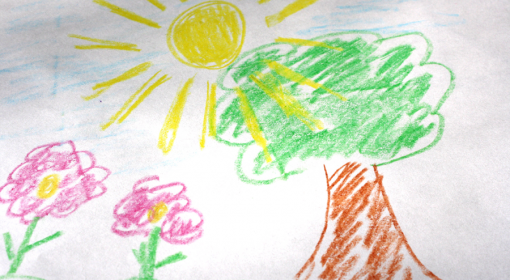Posted by Frank van Steenbergen
January 21st, 2015
It is the thing we even take more for granted than the air that we breathe or the water that we drink: our common underground. The vast subsurface space beneath our feet allows us to walk, to build things, but also to stack away infrastructure, to mine precious commodities or to pump up water. We use the underground for so many purposes, but almost always it is unregulated.
For all practical purposes the subsurface space in most parts of the world is still the prodigal ‘wild west’: a place without law or order. This is undesirable: it is a severe threat to groundwater management for instance. At the same time the uncontrolled exploitation of groundwater may play havoc with the underground area itself with irreversible consequences – such as land subsidence and sinkholes. Many things happen in the subsurface space. In the top 40-50 meters activities typically consist of transport and storage: pipelines, sewers, cables, tunnels, subways, underground car parks and other underground offices and stores as well as seasonal heat storage. These activities may conflict with one another and may have an impact on groundwater levels. In many instances drainage is required to create a dry setting for the infrastructure and groundwater is removed.
In other cases, such as the historical city of Amsterdam groundwater levels are carefully preserved to make sure that the wooden beams that support the ancient buildings do not rot. Some of the shallow subsurface activities may present a severe risk for groundwater quality: think of leaking sewers. And then there are the (sometimes forgotten) toxic storages. Mining occurs at many depths, depending on the geological formation where these resources are located. Usually these geological formations have to be drained, which sometimes requires large quantities of groundwater to be pumped. In other cases geological formation are perched by shafts and groundwater disappears to deeper layers. Mining may also affect groundwater quality by the injection of acids and other mining solvants or by leaving behind around residual material.
Oil and gas and geothermal energy development also are typically related to the deeper subsurface domain. In the case of oil withdrawal, water is needed to bring the energy resource to the surface, in the case of geothermal energy development groundwater is the energy carrier. The energy development operations have an impact on hydrostatic pressures in the subsurface, and are full of pollution risks. The latter in particular if chemicals are injected to increase permeability of geological formations, such as occurs in fracking for shale gas development. The larger concern is that so much of the fracking occurs in total secrecy – with research proving its relative safety often subsidized by industry interests.
An example: the potential for fracking in the relatively regulated setting of the Netherlands was undertaken by Haliburton (the ultimate dark rider company if there ever was) without the knowledge of main stakeholders such as drinking companies or the geological survey. Overuse of groundwater also affects the subsurface. Particularly where water is pumped from clay layers, geological layers can get compacted and land subsidence occurs – causing new depressions and random cracks and fractures. Other process can cause subsidence too such as the decomposition of organic material (such as peat), mining and tectonic movements – but groundwater extraction is usually the number one factor. Though it often happens by millimeters at a time, land subsidence can unsettle buildings and surface and subsurface infrastructure. It can create new lows that increase the risk of areas being flooded.

Close to Beijing, a serious fissure occurred at this place (see the effects on the wall in the right picture), hence a monitoring system was put up here. This fissure is possibly caused by groundwater extraction. The left and middle picture show a simple measuring device, placed in the opposite direction of the fissure. Changes in the lines indicate soil movements.
Above is a picture from Beijing, where land subsidence, geological stress and fissures are carefully monitored in the Beijing Land Subsidence Monitoring Station. In Beijing the land subsidence was triggered by the heavy use of groundwater and the effect reels several year onwards. One consequence was that the speed of the metro had to be reduced because the underground tunnels were no longer perfectly aligned. There is an urgent need to regulate the subsurface space. We need to avoid a ‘tragedy of commons’ – whereby everybody acts on his own but in the process the common good is destroyed. This should start with first documenting and recording what is happening in the subsurface and then assessing the impact and regulating any new development and getting rid of skeletons in the cupboard like hazardous waste storage. As so many interests converge, this should starting with the mega-cities of the world. There is also a need for new thinking. Within the mining industry there are some promising voices to look at mining as a life-cycle activity and not take the usual hit and run approach. In some mining operations in Southern Africa this new paradigm is being worked out: after mining closure shafts are planned to be backfilled so that they serve as new man-made aquifers in areas with water shortage.
More info: www.groundwatergovernance.org

